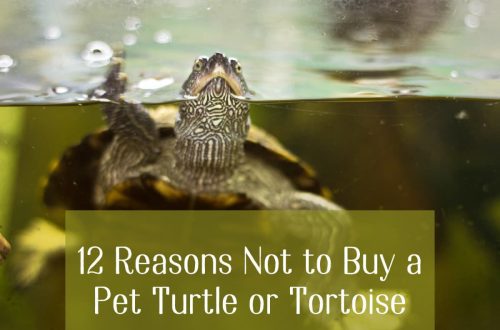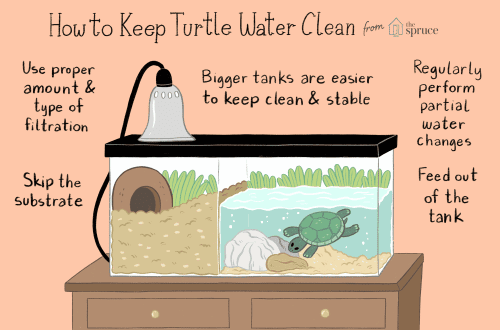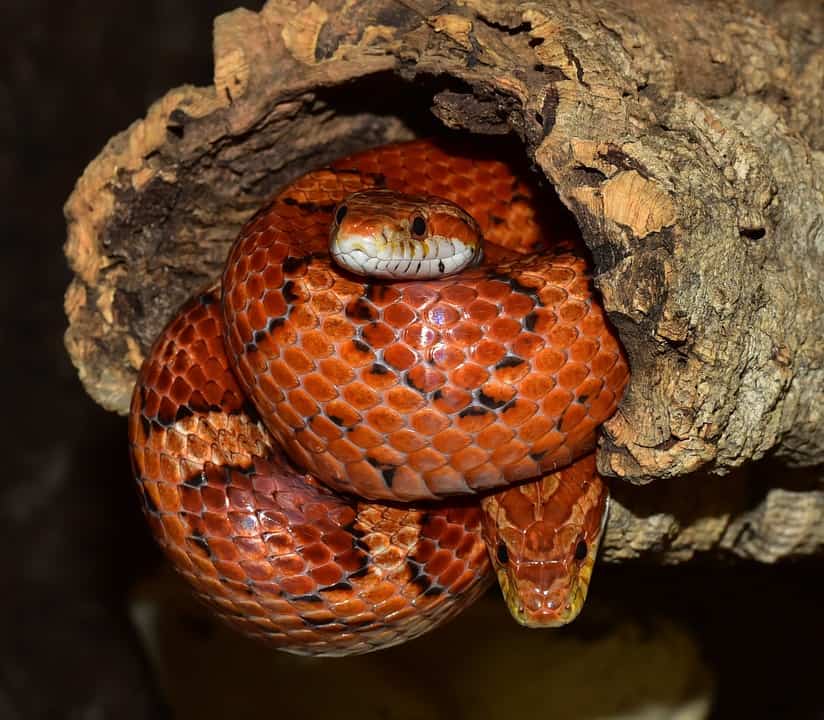
Agwọ ọka: nlekọta na nlekọta n'ụlọ
The snake is probably one of the most popular snakes for keeping at home. Our Panteric nursery breeds a wide variety of maize snakes. They differ in color variations and even in the amount of scales; there are absolutely bald individuals in breeding.
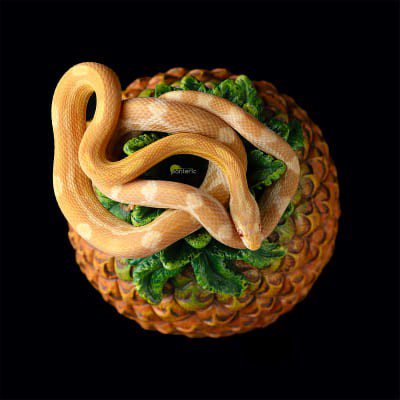
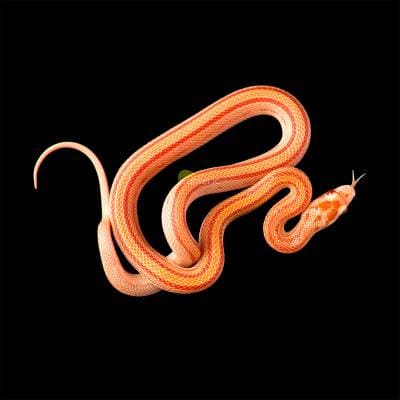
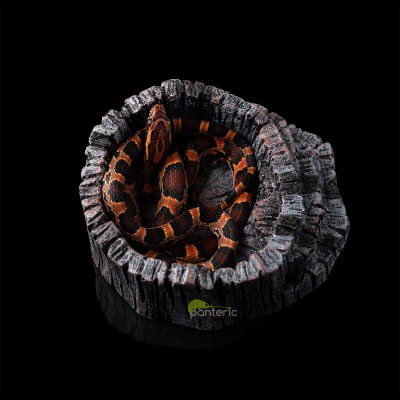
The snake is not large, their size does not exceed 1,5-2 meters. They are slender, graceful snakes, have a friendly and calm disposition, are easy to care for and are ideal as a first snake for beginners.
The corn snake lives in America – from New Jersey to Florida and west to Texas. They can be found in forest clearings, in crop fields, even in abandoned or rarely used buildings or farms. Most snakes live on the ground, but can climb trees and other hills.
Content Equipment:
- For an adult snake, a terrarium of a horizontal or cubic type, 45 × 45 × 45 cm or 60 × 45 × 45 cm in size, is suitable, young animals can be kept in temporary plastic boxes or small terrariums 30 × 30 × 30 cm in size.
- For proper assimilation of food, the snake must have lower heating. To do this, use a heating mat, placing it on one side under the bottom of the terrarium. In terrariums equipped with driftwood and tall decorations, heating can be provided with an incandescent lamp. It is important to install the lamp above the mesh of the terrarium, in no case inside – the snake can easily get burned on it. During the day, the temperature should be 28-30 °C on the side where the heating element is located, in the opposite corner it should not be higher than 24 °C. At night, the temperature should not fall below 22 °C. You need to control the temperature with a thermometer.
- The soil in the terrarium should be: not dusty, keep heat and moisture well, be safe. These qualities are possessed by a snake substrate made of poplar fibers. It is also very soft and absorbs odors well. Do not use soil such as coconut flakes or chips. When dry, they produce a lot of dust, clogging the snake’s airways, the long fibers of coconut are dangerous if accidentally swallowed. Also, do not use artificial mats that are not intended for terrarium animals. Using such mats, you can not only harm the snake, but also deprive it of the ability to burrow into the ground. By using natural substrates, it will be easier for you to regulate the temperature and humidity in the terrarium.
- The snake needs shelter, this house should be of such a size that when climbing inside, the snake can fit there entirely and touch the walls. Reptiles always choose cramped places as shelters. To arrange the interior space in the terrarium, decorations and vegetation are placed, behind which the snake can hide, and snags for additional movement.
- Natural Light and Reptile Vision daylight lamps are used as light in the terrarium. It is important to observe the daily regimen of day and night. Light day is 12-14 hours. Heating and lights are turned off at night. For convenience, you can set an automatic shutdown timer. At night, you can install the Full Moon lamp, such a lamp will allow you to observe the twilight behavior and activity of the snake.
- The snakes drink water from drinking bowls, waterfalls, lick drops of water from surfaces. In the terrarium, it is necessary to place a drinking bowl – a bathing bowl, the size of which will allow the snake to climb there in its entirety and lie in it for a long time during molting. Also, during the molting period, it is necessary to moisten the substrate by spraying the terrarium from a spray bottle. In normal times, the humidity in the terrarium should be in the range of 40-60%, which is controlled by a hygrometer.
- Like any other terrarium animal, proper ventilation is important for snakes. Choose terrariums only with a proven ventilation system that promotes good air exchange and prevents the windows from fogging up. We only offer terrariums that we have tested ourselves. Video with the results of our tests can be viewed on our YouTube channel.
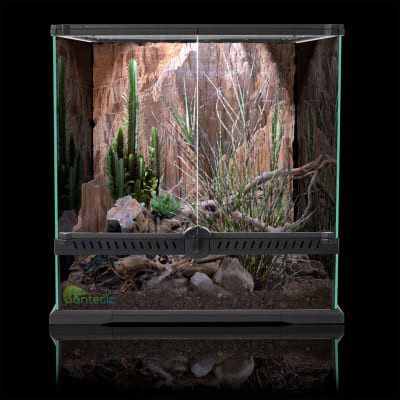
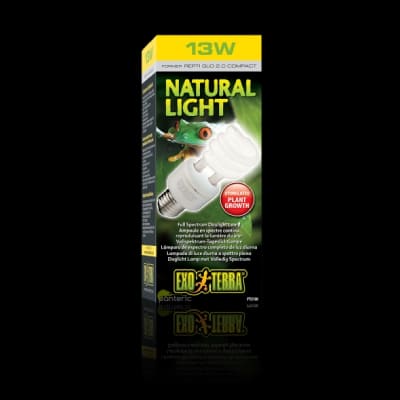
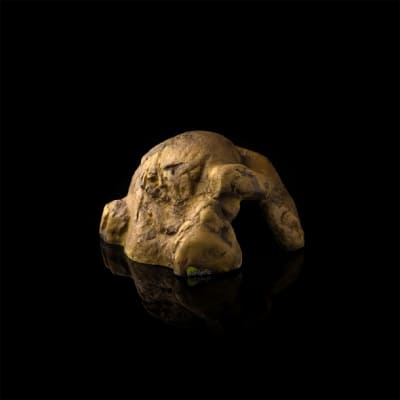
Nri
The diet of snakes consists of rodents – these are rats and mice.
The size of the food is selected depending on the age and size of the snake. The feeding mode is selected individually. Young snakes eat mouse pebbles about 1 time in 5 days, adults are fed large mice or rat runners 1 time in 1-3 weeks. It is important not to leave a live rodent for a long time in a terrarium with a snake, if it has not eaten it, then you need to remove it, as the rodent can damage the snake. You can teach snakes to eat pre-frozen rodents, after defrosting them and heating them to room temperature, and serve them to her with tweezers.
After feeding, the snake should not be disturbed at all, give it time to digest food, warming up in the terrarium. Only after a couple of days you can contact and communicate with the snake again.
Another important thing about snake feeding is to skip meals during shedding seasons and don’t feed the snake until it has shed.
The terrarium should always have access to fresh clean water. Most snakes defecate in a drinking bowl, so you need to monitor its condition and change it in time.
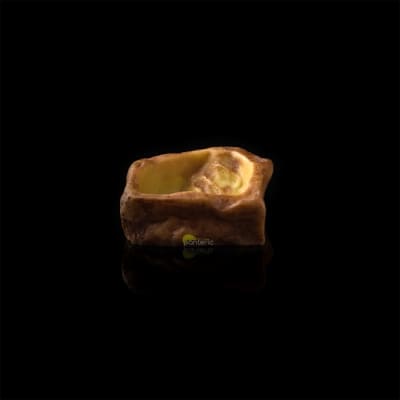
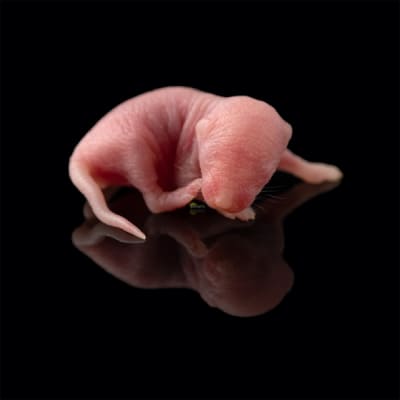
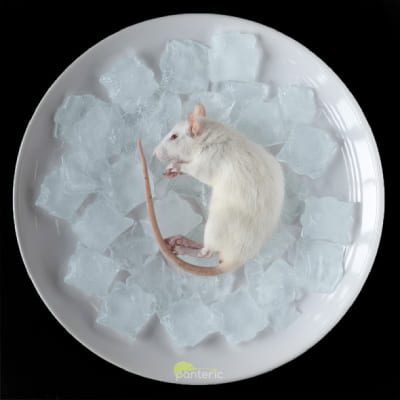
Mmeputakwa
For those who want to start breeding snakes, the maize snake is a suitable candidate.
For breeding work, a pair is selected and seated together. After mating, the females lay eggs. The eggs are transferred to an incubator on a special incubation substrate. It does not mold and holds moisture well. Approximately 60-70 days at 24-28°C. babies are hatching.
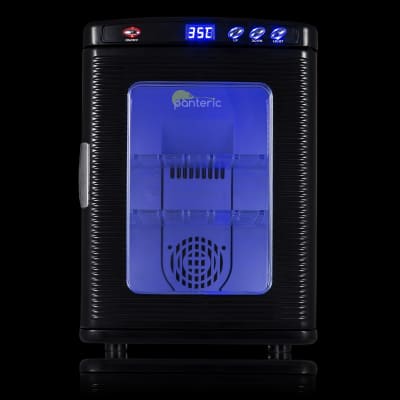
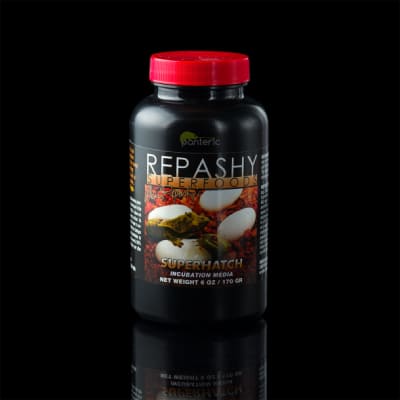
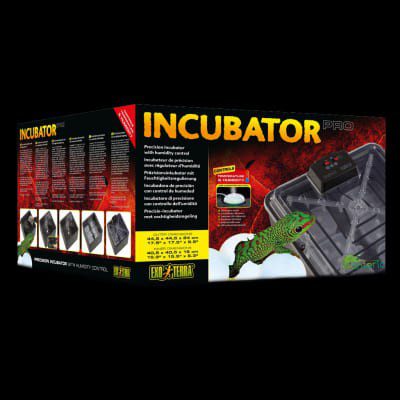
Ogologo ndụ na mmezi
With proper maintenance, the snake can live 15-20 years.
Contain snakes one by one. This is due to the fact that snakes during feeding can damage each other.
Ọrịa
Snake diseases that you may encounter are usually from mishandling and poor conditions.
- Regurgitation of food: a very common occurrence in snakes that occurs if the snake is disturbed immediately after eating. Or not warming up the snake properly. After regurgitation, do NOT feed the snake again, you need to wait about 10 days, and even longer, and only then repeat the meal.
- Calcium deficiency. Snakes do not need to be given additional mineral supplements, they get all the necessary nutrients by eating a whole food item. Rodent bones are the main source of calcium for snakes. If the snake is fed inappropriate food, deformity of the limbs may occur.
- Bad molt. Any healthy snake sheds in its entirety, also called a “stocking”. It is very easy to determine when the molting has begun – the color and even the eyes of the snake become cloudy, this is a sign that you need to additionally moisten the substrate in the terrarium and take a break in feeding. If the snake sheds pieces, it needs to be helped and remove the remaining skin, after holding the snake in a bath of warm water.
Mmekọrịta mmadụ na ibe ya
The corn snake is a calm snake making contact with humans. The snake will crawl up your arms, exploring any loopholes in your sleeves or pockets. Being outside the terrarium, the snake should only be supervised, these nimble snakes can easily get lost.
On our YouTube channel there is a video about the content of maize snake. In this video you will learn the basics of keeping a snake, the nuances of feeding and much more!
You can buy maize snake in our Panteric pet store, animals of our breeding go on sale only after they grow up and get stronger and are ready to move to a new home. Only healthy individuals, in the state of health of which we are sure ourselves, go on sale. Our experts will advise and select for you all the necessary equipment for the maintenance and care of the snake. Our veterinarians will answer your questions and help you with your problems. At the time of departure, you can leave your pet in our hotel, which will be monitored by our experienced specialists.
Kedu otu esi ahọrọ terrarium na ngwa iji mepụta ọnọdụ dị mma maka anụ ụlọ gị? Gụọ akụkọ a!
Anyị ga-aza ajụjụ zuru ezu banyere otu esi edebe skink n'ụlọ, ihe ị ga-eri na otu esi elekọta ya.
Ọtụtụ ndị na-enwe ntụrụndụ na-ahọrọ idobe Python ọdụ dị mkpụmkpụ. Chọpụta otú e si elekọta ya nke ọma n'ụlọ.



